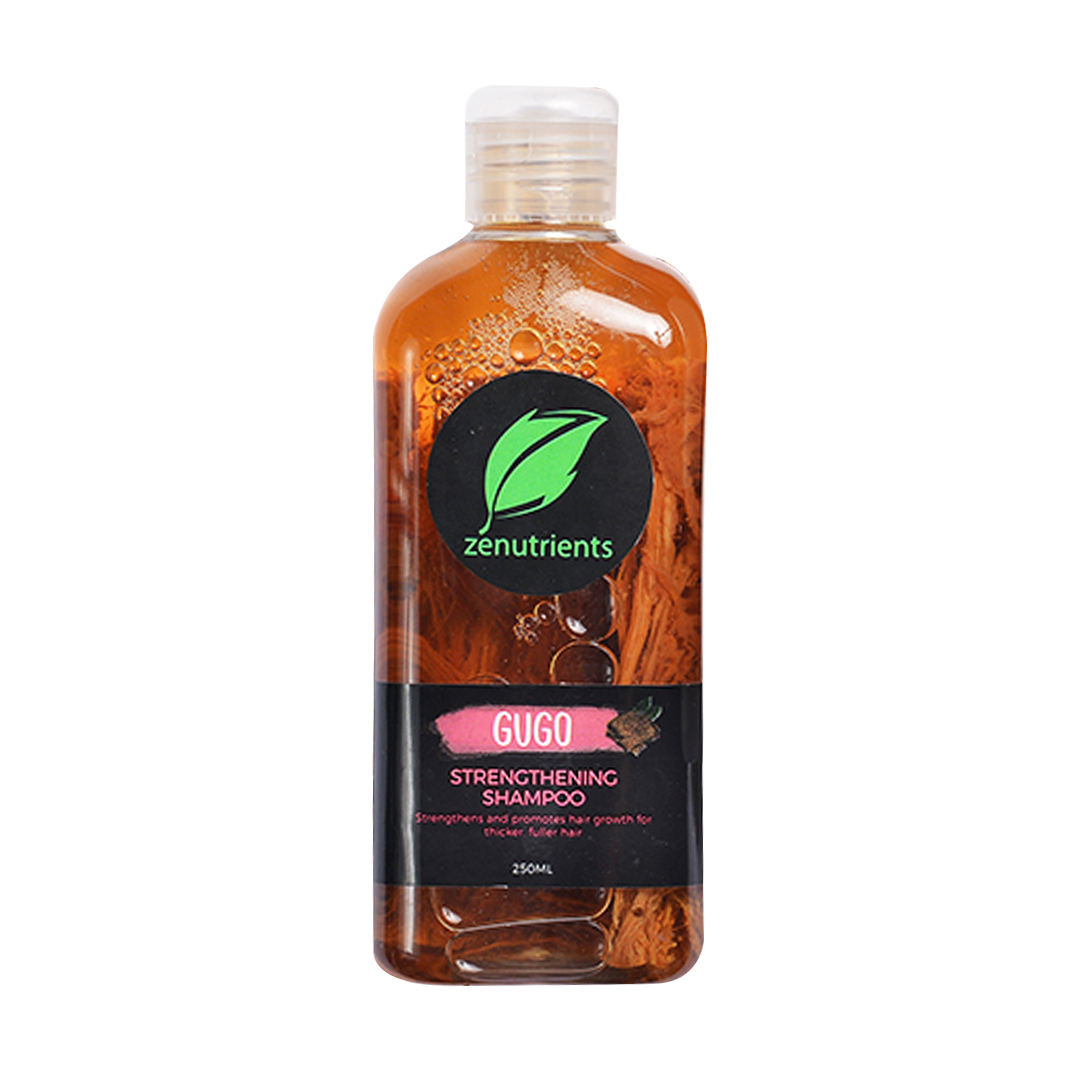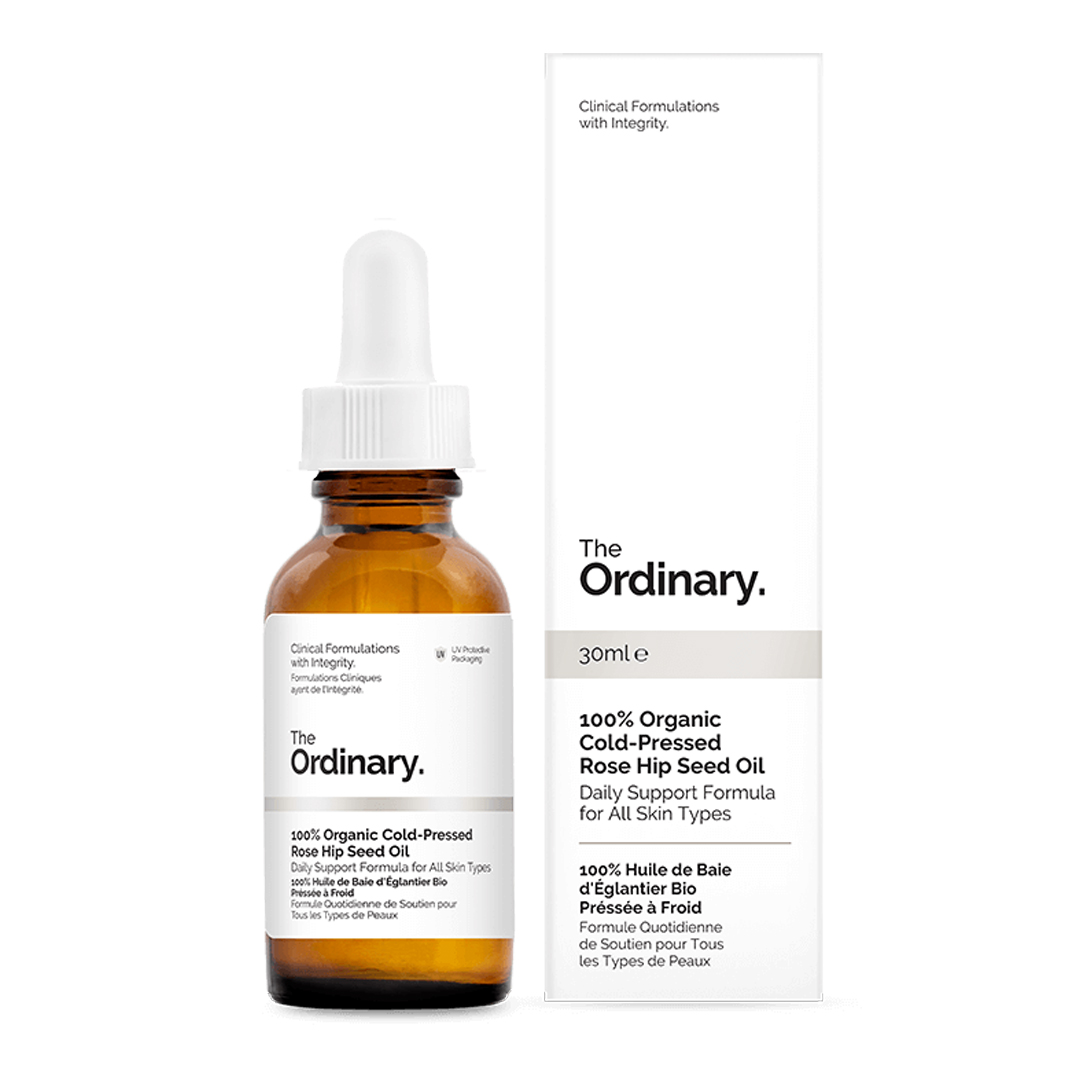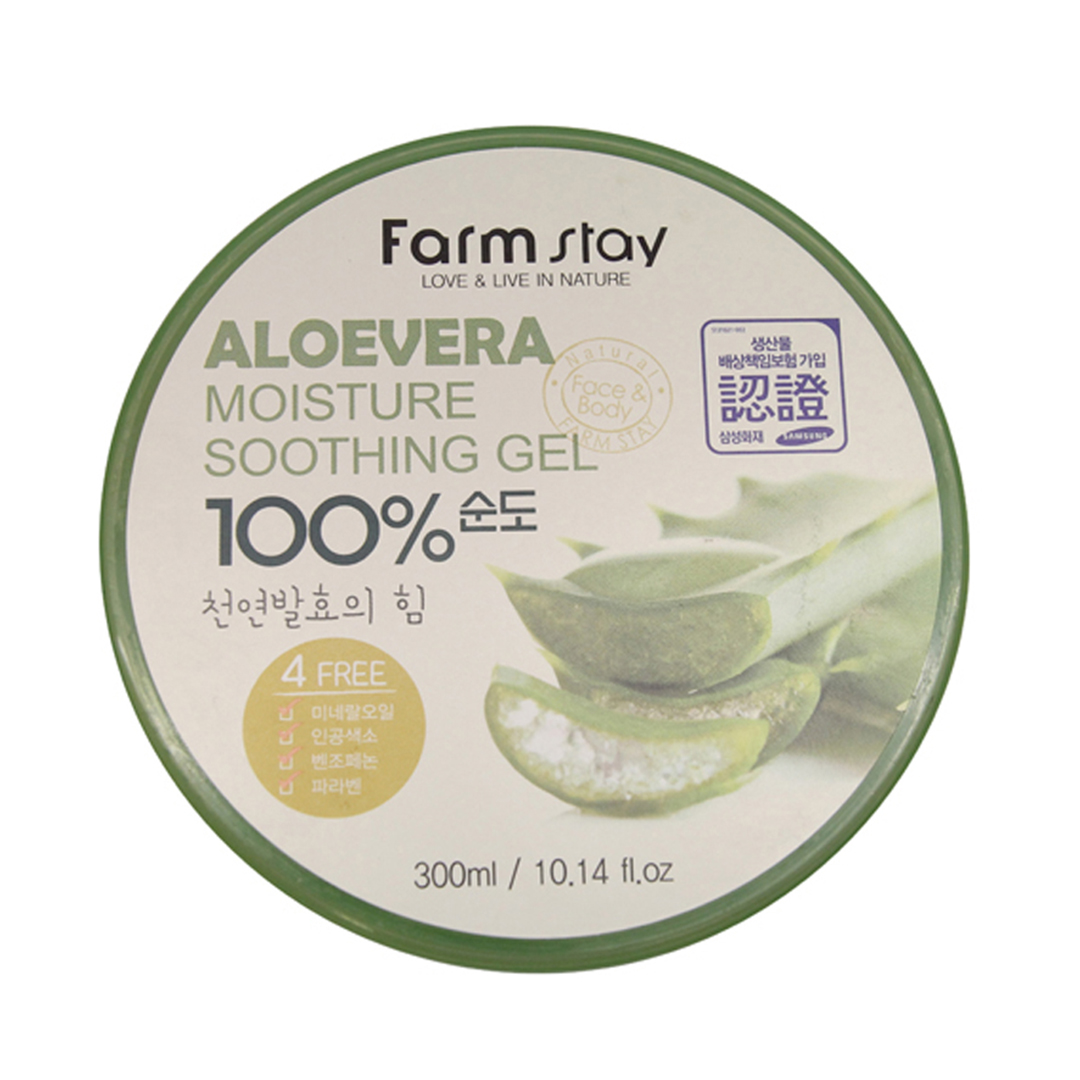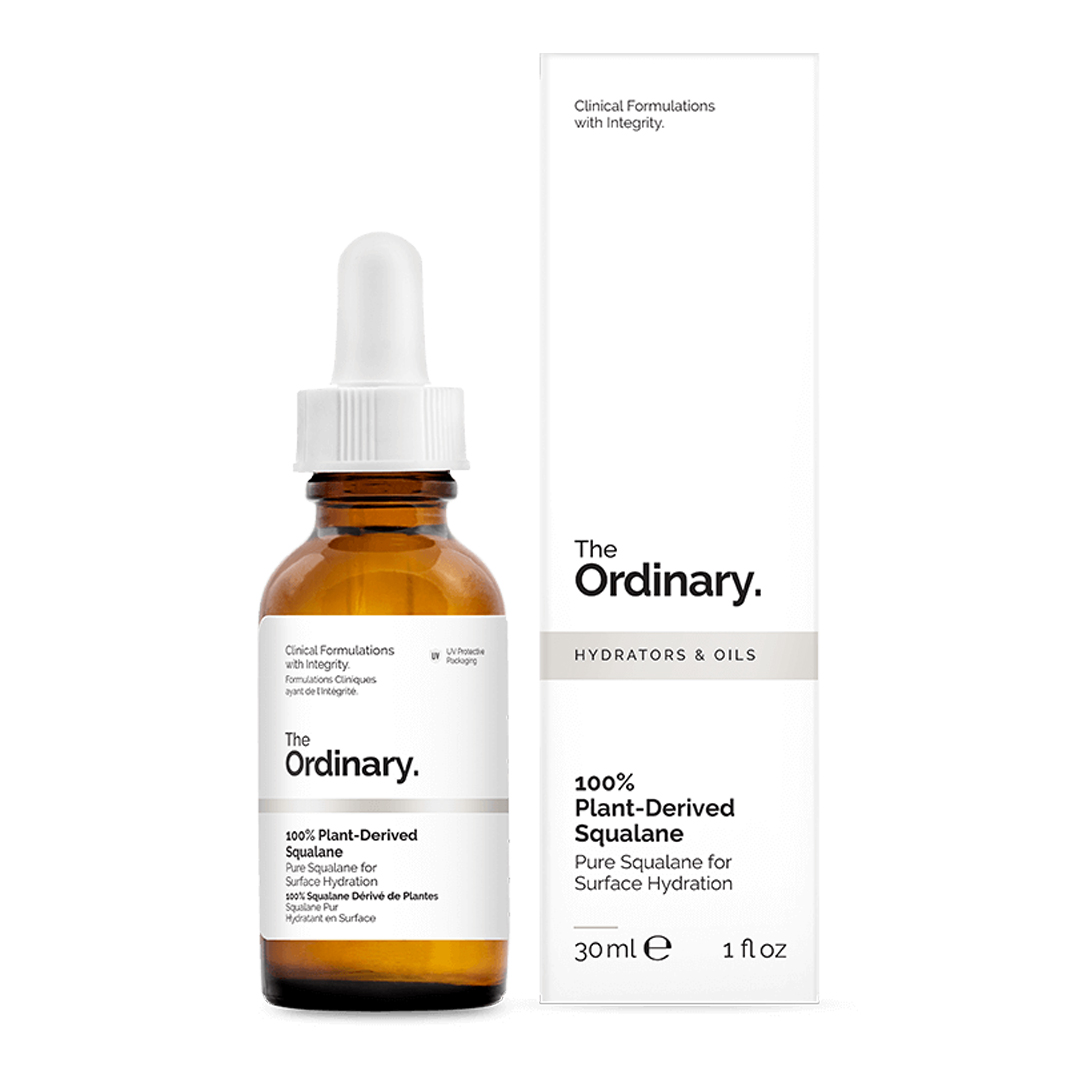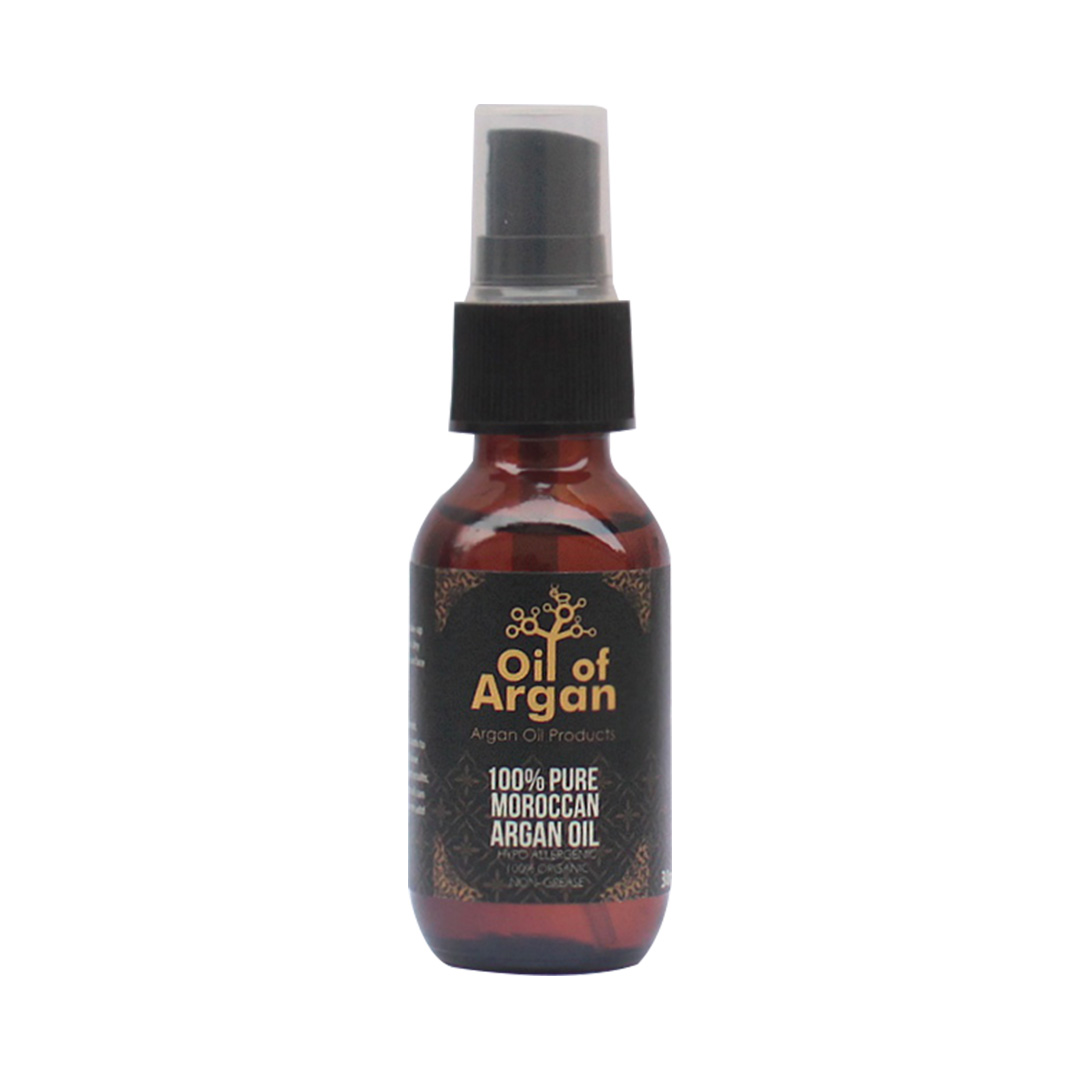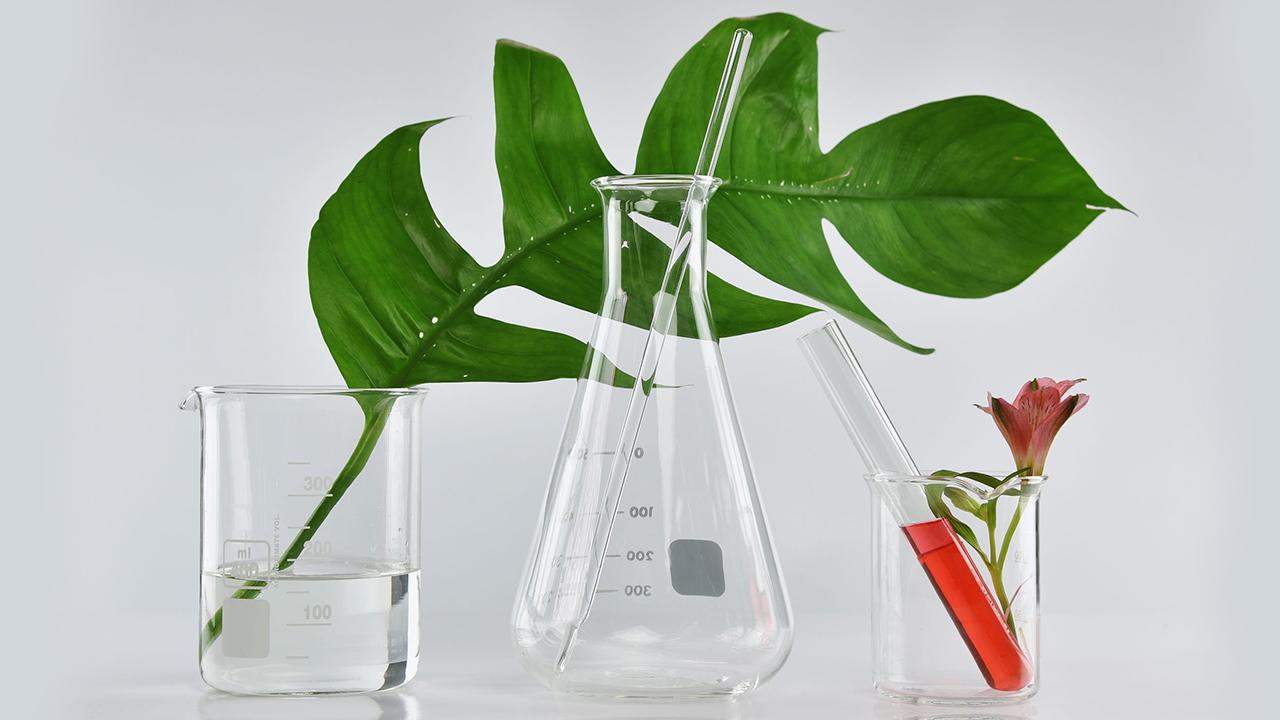
If you’re not very sensitive to these terms, it’s quite easy to make the mistake of taking both terms as the same thing (guilty!). Nowadays, brands are constantly throwing bottles and packages with “all-natural” or “organic” labels stamped across them—but what do they really mean, and what’s the big diff?
Well, lucky for you, we’ll be breaking them down in this article!
NATURAL
An ingredient is considered natural if it’s derived from plants, minerals, or a by-product of animals (like honey or beeswax), that ideally have undergone minimal to no processing at all.
Basically, any brand can just add the term “natural” on their products without having to go through any governing body to make sure that they are indeed natural. For products that are labelled as such, the safest way of confirming this is by going through the ingredients list—because brands can be using only one natural ingredient in a product and can already claim it as natural!
Just remember that when looking at the list, ingredients are listed from highest percentage to lowest. So, if you’re limiting your intake of synthetic ingredients, make sure they appear on the lowest end of the chain (or none at all!).
Just a quick tip: Don’t let scientific-sounding ingredients confuse you! They may sound synthetic and chemical at first (such as sodium chloride-which is really just sea salt!), but with a little research, you’ll be good to go!
ORGANIC
The very essence of the term “organic” means that the ingredients are derived from non-genetically modified plants and organically farmed. Meaning, it must have been prepared and grown without the use of pesticides, chemical fertilizers, growth hormones, or antibiotics.
However, the use of the word “organic” is highly regulated by the Food and Drug Administration (FDA). Products need to go through strict processes in order to wear the claim. But! It’s important to note that products with the label don’t necessarily mean it’s 100% organic.
In Australian brands, the Australian Certified Organic association (ACO) states that a product must contain 70% to 95% organic ingredients to wear the claim, and for products that contain organic ingredients that make up less than the required percentage range, the word “organic” is only allowed to be used alongside the applicable ingredients on the ingredients list area. But the amount may vary depending on the regulating body. Spotting a USDA Organic seal means that the products contain at least 95% organic ingredients!
So, if you’re the more conscious type, it may be best to do some research first before purchasing and trying out those new products!

Written by:
Maan Fernandez
EDITORIAL ASSISTANT
Maan loves her a good brow pencil, mascara, tint, and anything pink! She has combination skin, so a trusty oil blotter is all she needs to keep her t-zone in check. She’ll never get too old for a trip to the amusement park, and a half-dozen basket of Garlic Parmesan wings is the key to her tummy!
Other products you might like:




